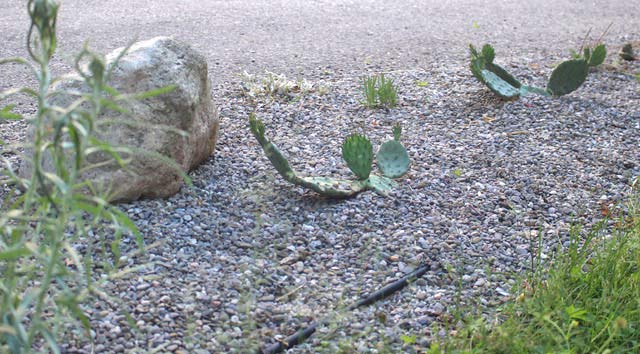WELLINGTON COUNTY – You have arrived home from the Master Gardener Plant Sale with a carload of new plants and suddenly remember that finding room for all those new plants is going to be a problem;. The garden beds were full last year!
Look out the window and take stock of your yard. Almost all of us have unused lawn that can be converted to garden. You’ll be helping the environment too, as lawns require herbicides, fertilizers, insecticides and lots of extra water to look their best. And think of the mowing time you will save.
The first step in building your new garden bed is to choose the site. Is there a shaded area of the lawn that is not growing well or an area damaged by insects? Lawn grass needs full sun for best growth but many perennials are suited to partial shade, woodland plants and shrubs will thrive in full shade.
If there are particular plants that you want, you will need to select an area with the correct amount of sun for them. Once the site is chosen, you can design the bed using a garden hose to outline the shape. Play with the hose placement until you are satisfied. Then use an edging tool or spray paint along the hose to mark the bed edges.
Next, over six weeks, kill the existing grass using a sheet mulch method. You will need some helpers and several weeks worth of old newspapers.
First, cut the grass very short in the area of the new bed. Next, spread a three to six sheet thick layer of newspapers over the grass, making sure to overlap edges so no grass is visible. The newspaper should be moistened by a helper following with a hose. Finally, cover the newspaper layer with three to four inches of mulch.
Mulch prevents weed seeds from germinating, conserves moisture and eventually breaks down to enrich the soil. There is no need to remove the dead grass or to use a roto tiller. The dead sod will break down and add to the organic content of the soil while tilling serves only to bring weed seeds to the surface and spark their germination. If the soil under the lawn is poor and needs amendment, put compost or topsoil under the newspaper. Soil organisms and worms will mix the amendment into the old soil without tilling.
Although it would be best to wait about a month before planting, you can start once the mulch is in place. Dig a hole through the mulch and newspaper, place the new plant and replace the mulch. You might need to do some minor weeding once or twice during the season.
The mulch layer will hold moisture in the bed but is also a barrier to water penetration. To ensure water gets through, water less frequently but for a longer time, checking the soil beneath the mulch to make sure it’s moist.
You can use sheet mulching to create grass-free borders around existing trees and shrubs or to expand an existing bed as well. You will soon have virtually no lawn left and will be enjoying a glass of lemonade, admiring your garden, while your neighbours labour behind their lawnmowers!
Written by Judy Brisson
Guelph-Wellington Master Gardeners




